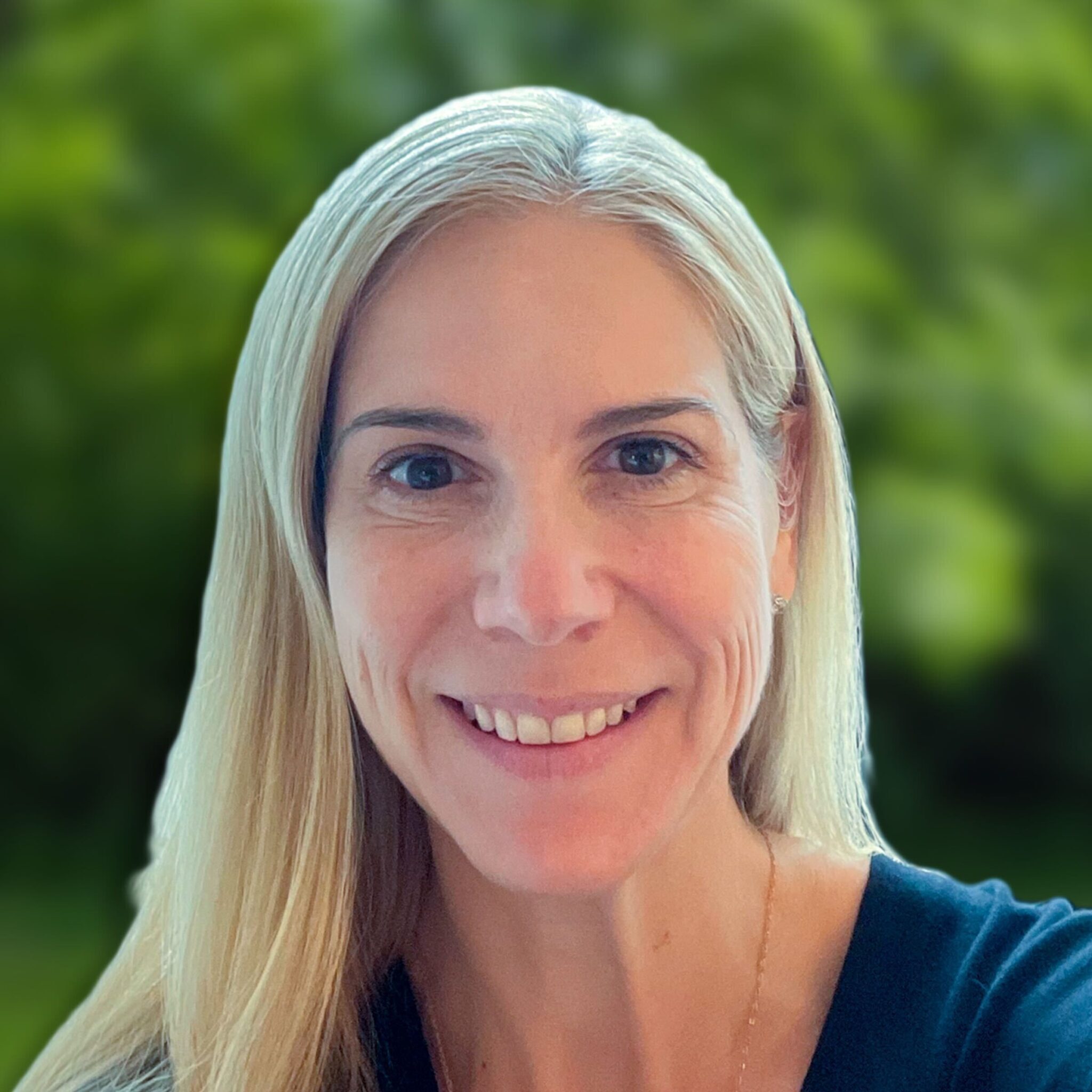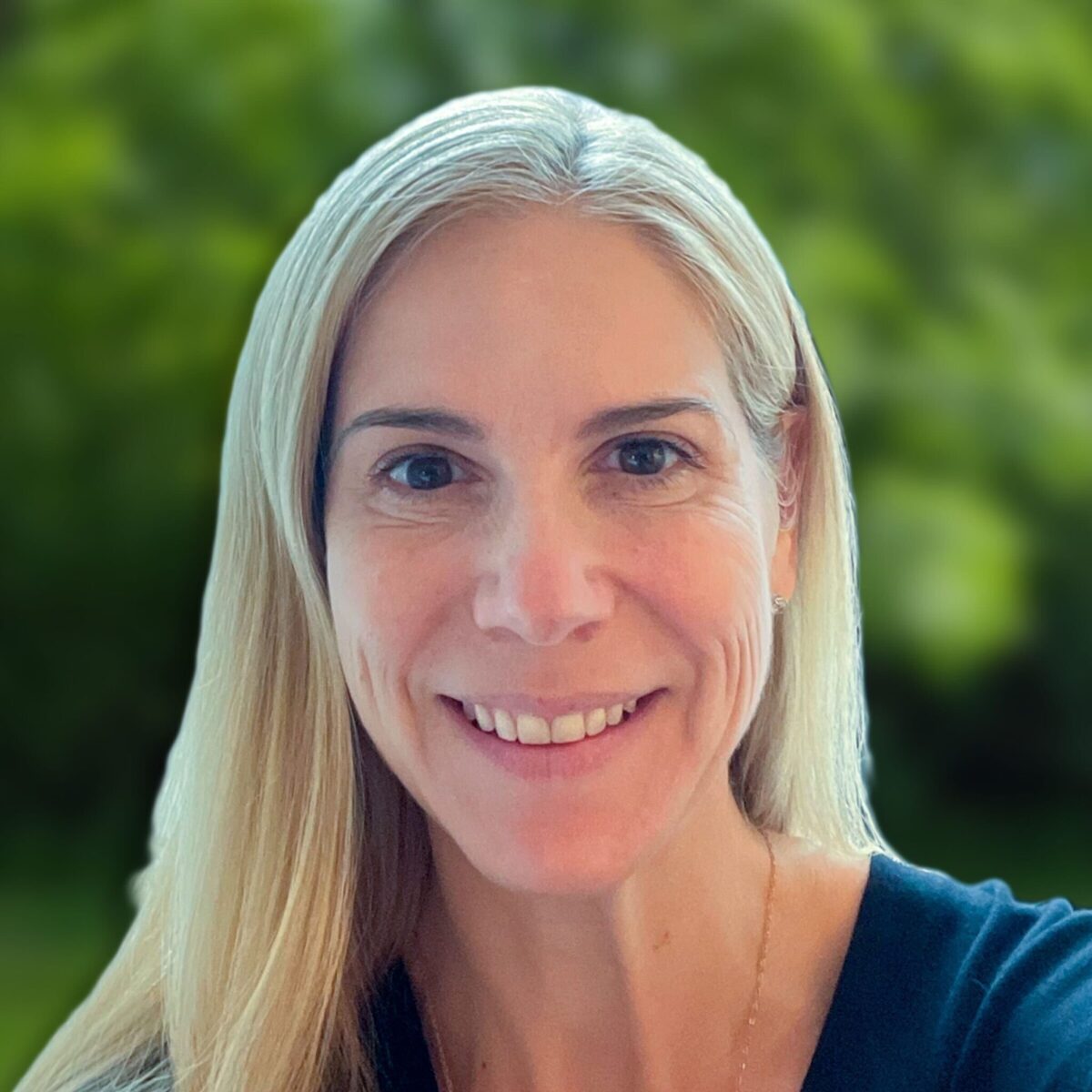When Rebecca Schoepfer joined TruGreen, the nation’s largest lawn-servicing company, in 2021 as CHRO, the organization had no defined employer brand. And with a 500% increase in hiring demand year-over-year—especially in the midst of pandemic-driven labor shifts—she knew that needed to change quickly.
So, she set out first to garner executive buy-in—ultimately making the case by likening the talent acquisition process to the acquisition of customers: TruGreen needed to think of tools like its career site in the same vein as its customer-facing site and consider application ease and time-to-offer just like it does the service it provides to customers. But, the organization also needed to do a better job of speaking to two different populations, as customers looking to have their lawns serviced largely weren’t going to become TruGreen employees.
“And if you’re saying nothing [to candidates], you’re saying something,” Schoepfer said during a presentation at the recent IAMPHENOM Conference in Philadelphia hosted by Phenom, an intelligent talent experience platform provider.
A partnership with Phenom was ultimately part of TruGreen’s retooled talent strategy, which Schoepfer says has enabled the company to better communicate its employee value proposition—ultimately positioning the organization for more success on both the recruiting and retention fronts. HRE recently caught up with Schoepfer—who has also held HR leadership positions at Nationwide, Marriott International and Novo Nordisk—at the conference to learn more about TruGreen’s talent evolution.
See also: Why this CHRO says it’s time for an ‘HR revolution’
HRE: You joined TruGreen mid-pandemic. What were some of the biggest impacts of COVID on the talent strategy, and how did you tackle that?

Schoepfer: We happened to be in an industry that was considered an essential service so we were able to continue to work. But the way we work—we’re a geographically distributed branch business—was totally different. All of that peer-to-peer interaction, that camaraderie, was entirely stripped away from the business. So, then you start to see absenteeism rise because it’s very easy to call out if you don’t know anyone.
You start to see turnover rise because if you don’t feel a connection—which is typically to other people as much as it is to the broader business—you’re going to move on. So, when I joined, we were reeling from high turnover and low engagement. My mandate from our CEO was, “It’s time to put the heart back in our business, and we need you to help us do that.” My focus was putting front and center our talent strategy to help re-engage employees, reduce turnover and bring our culture back. That’s where the employer brand came in.
HRE: Executive buy-in was key to that work. What is your advice to other HR leaders about attaining that for people projects, particularly amid economic uncertainty?
Schoepfer: The biggest thing for me was how to put things in their own language. I’m not trying to talk about HR as HR; I’m trying to talk about HR as its importance to the business. We happen to be a very financially driven organization—as most for-profit companies usually are!—so if I’m going to launch a digital training program, I want to have a business case behind it. If I’m going to put in place an employee engagement initiative, I want to have a business case behind it on what turnover commitment we’re going to make, which reduces talent acquisition costs and training time or time to proficiency. I want to help them understand that HR has a direct impact on the bottom line of the company, especially in a people-driven organization.
See also: Why this CHRO says it’s time for an ‘HR revolution’
HRE: What has the impact of the employer brand initiative been, particularly around hiring?
Schoepfer: When we would go to market [before 2022], we had pretty much an entirely “Indeed and pray” model. But especially in this talent economy, like a lot of companies, the conversation was around, how do you buy direct to get the intermediary out of the way. When I would talk to leadership or talent acquisition teams, I would talk instead about, how do we get people to apply direct? If we can get them to know our brand, to come to our website, then I can start to phase out some of those intermediaries and that spend—and then focus that spend on building out the brand reputation of the company externally, which then just feeds itself.
For me, what our employer brand did was put a voice to all of the great things this company does in terms of investing in our associates. One of the things is that we’ll train you; you don’t need to come to us with experience. We’ll train you and then also give you a career. So, if we can put things like that out there and let people know that, that can feed itself.
HRE: What are the communication challenges with a predominantly deskless workforce?
Schoepfer: About 8,000 of our workforce are working out on lawns in one form or fashion. So, they have a tablet they work on—but they’re driving a vehicle, operating equipment. While the tablet can be a communication vehicle, it’s really not meant to be. Also, they don’t have email addresses. So, the challenge is that we mostly can’t talk to anyone directly.
The biggest audience then becomes our frontline managers. How do you engage those frontline managers? One of the things I saw when I started is that we were overloading responsibilities on our frontline managers. At the time, we didn’t have full-cycle recruiting, so they were doing the interviewing and the hiring. We didn’t have digital training, so they were training everyone. They were so overwhelmed that we lost that connection. And then add COVID to it. Part of the talent strategy when I joined was, how do we remove some of those things that should be done by recruiting professionals and free frontline managers up to engage with associates, to bring the culture and community back?
HRE: How would you say HR functions, in general, have evolved since you came into the profession?
Schoepfer: I started very specialized in my career. I moved through different specialty areas before I went on to the generalist side. And so, for me, my career was all about the different segments [of HR]. And now, I think enabling people to put it all together is more important than ever. I did it one by one by one, but we need to understand how all of it fits together. If you have a myopic view, you’re not able to see the whole picture.
For instance, when I was head of the learning organization at a different company, I always thought what I did was the most important thing under the sun. I always used to get super-angry when HR generalists wouldn’t show up to our meetings: “Why does everyone not see that learning is the single-most important thing in our company?” My next job was an HR generalist—and I would never show up to my former team’s meetings. Because my life was not my own; it was whatever fire drill, whatever associate issue, whatever leadership issue, whatever business strategy. That job was totally directed by the business. So, I think having that broader context is a big difference today. Because everything moves too fast.
HRE: As a pandemic-era CHRO, how has the pandemic personally influenced you and how you approach your work?
Schoepfer: It means you can’t take things for granted. You can talk about things like buyer’s and seller’s markets and how cyclical things are, but we got somewhat complacent in HR: [We thought,] Whatever happens, it’ll just flip and then flip and then flip because we’ve seen it all. But COVID created an entirely new set of circumstances. Now, you can’t just say you can predict things. And we have to be mindful of the impact of that on our talent experience, and think about how do we as HR professionals get ahead of everything if we don’t know what’s coming?
HRE: What in your life most influences how you approach your work?
Schoepfer: I am the grandchild of Holocaust survivors and am a first-generation American. My mother was born in a displaced persons camp in Germany at the end of the war. My grandparents raised all of us to, No. 1, be very grateful for what we have. And No. 2, to enjoy every day to its fullest. Because, unfortunately, for them, they never knew what was going to happen tomorrow, the next day. That’s been the most impactful thing. I try to wake up every day happy, to make the most out of everything, to not take anything too seriously. In a previous job, our learning management system went down one day. And everyone said, “Oh my goodness, this is an emergency!”
I said, “Oh, it’s a talent management emergency?” [laughs] I said, “OK, the learning management system is down. When will it be back up?” An hour. “OK, so in this hour, have we stopped making money as a company? Are we unable to talk to our customers or our employees?” No. “OK, I think we’ll be OK!” I just think there’s always an opportunity to look at things in a different way. At the end of the day, we’re dealing with issues that come up that really do impact the quality of that day for our employees and that’s what matters. The rest of the stuff—not that learning management systems aren’t important because they totally are and they really do add value for companies … but let’s put everything in perspective.
The post How TruGreen grew its talent strategy to meet a 500% increase in hiring demand appeared first on HR Executive.
